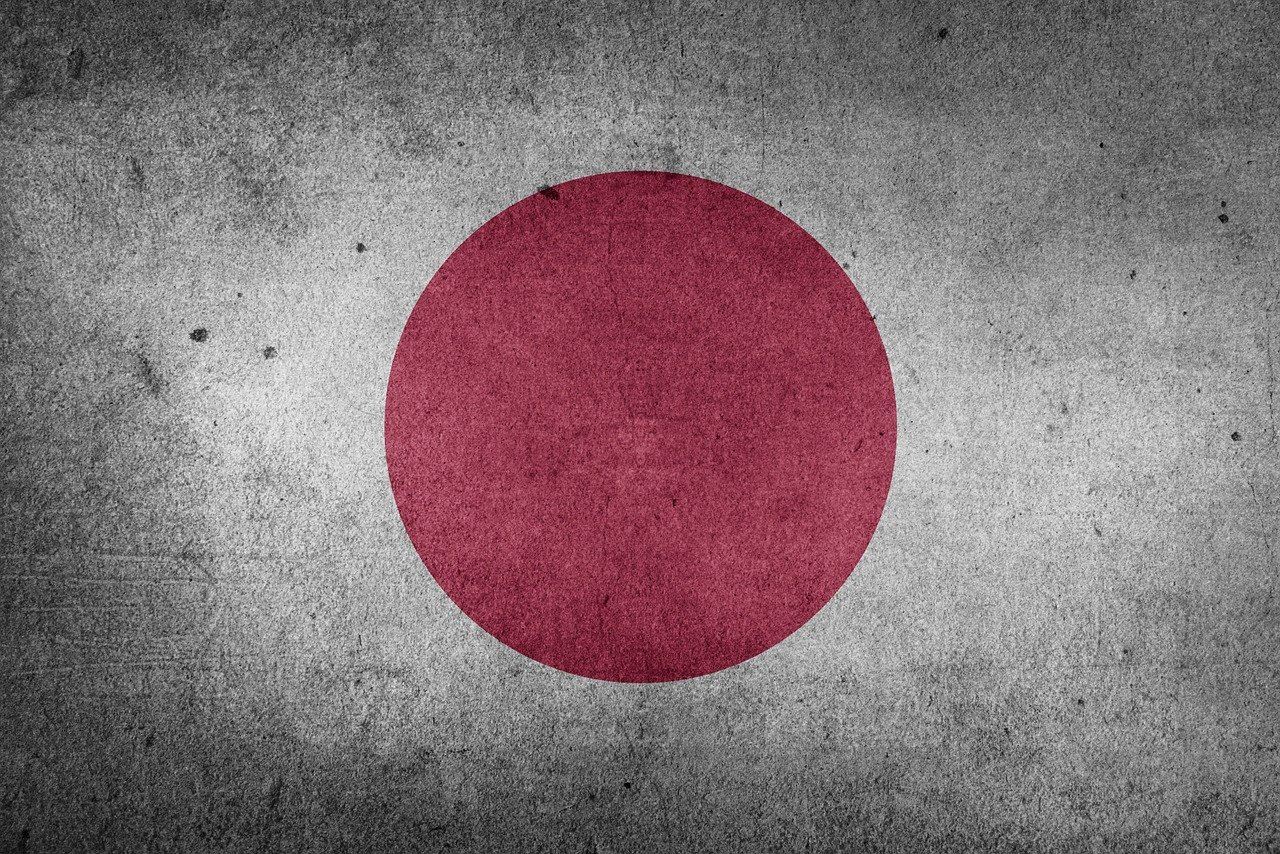Recently, Japan's Ministry of Health, Labour and Welfare (MHLW), Ministry of Economy, Trade and Industry (METI), and Ministry of the Environment (MOE) jointly released the latest version of Japan's recommended Globally Harmonized System of Classification and Labelling of Chemicals (GHS) classification list on the National Institute of Technology and Evaluation (NITE) website.

This update is based on the Chemical Substances Control Law (CSCL), the Industrial Safety and Health Act (ISHA), and relevant guidelines, monitoring, and evaluation results from the 2023 fiscal year. It includes 160 substances, with 48 being newly classified and 112 having updated classifications. Japan's recommended GHS classification list is updated annually, with the current fiscal year starting on April 1, 2023, and ending on March 31, 2024. Prior to this, Japanese authorities issued partial updates on February 21, 2024.
The new list details each substance name, CAS number, hazard categories, corresponding warning words, pictograms, hazard statements, precautionary statements, and reasons for classification. This measure aims to enhance the protection of human health and the environment during the handling, transportation, and use of chemicals by providing unified labels and safety data sheets (SDS).
It is noteworthy that while the Japanese government publishes GHS classification results for companies as a reference, using these classification results to create GHS labels or SDS in Japan is not mandatory. Companies can refer to, cite, or copy these classification results when preparing GHS labels or SDS, but the ultimate responsibility lies with the companies themselves. This means that companies can display different classification results on their labels or SDS based on other literature or test results.
GHS classifications have been updated in our free tool ChemRadar, which can be accessed here: https://www.chemradar.com/
Recommended GHS Classification and Standard GHS Classification
The GHS classification provides an internationally accepted framework for identifying and classifying chemical hazards, and it specifies the format and content of labels and SDS. In contrast, the recommended classification reflects specific requirements and suggestions for chemical safety management in Japan, providing more detailed and targeted information and advice than the standard GHS classification. This approach addresses rapidly changing market conditions. For example, certain chemicals used or produced exclusively in Japan may have specific classification and labeling requirements that are not detailed in the GHS classification.
In Japan, GHS classification has legal force and must be followed. However, the recommended classification usually serves as a guideline and may not be mandatory, but it holds significant reference value in practice.
In summary, Japan's GHS classification and recommended classification jointly ensure that chemical safety management complies with international standards while also meeting specific needs and conditions in Japan. This approach guarantees flexibility and practicality in regulations.
If you need any assistance or have any questions, please contact us via service@hfoushi.com.
Further Information
NITE

